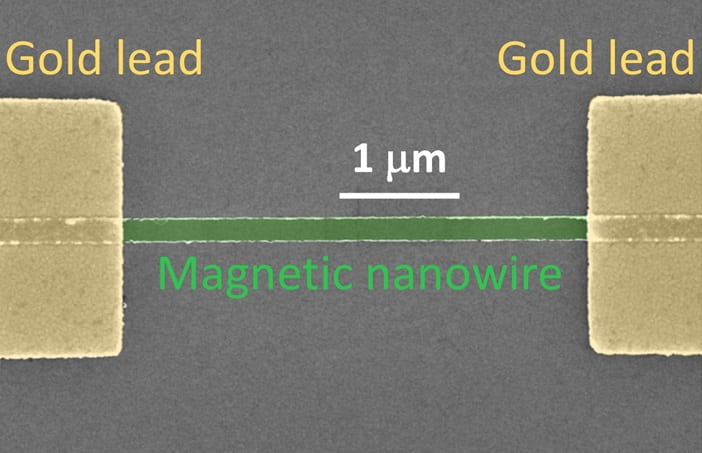UCI scientists discover technique for manipulating magnets at nanoscale

Physicists from the University of California, Irvine have discovered a new way to control magnets at the nanometer scale by electric current. This breakthrough, detailed in a paper published today in Nature Nanotechnology, may pave the way for the next generation of energy-efficient computers and data centers. “There is growing interest in using magnetic nanoparticles for new types of information processing, such as neuromorphic computing,” said co-author Ilya Krivorotov, UCI professor of physics & astronomy. “The efficient method for manipulation of nanomagnets found through our work is a big step toward this goal.”
The new technique has a surprising connection to the 1856 work of Lord Kelvin (William Thomson), who found that a change in the direction of the magnetic force in nickel influences the flow of electric current in this ferromagnetic metal. Krivorotov and his fellow authors, UCI postdoctoral scholar Eric Montoya and graduate student Christopher Safranski, determined that the inverse is also true: Electric current can apply torque and redirect the metal’s magnetism. The efficiency of the torque increases as the size of the magnet is decreased, enhancing the viability of this property for technological applications at the nanoscale. Torque is rooted in both relativity and quantum mechanics, as it arises from the rapid motion of electrons in metals traveling at a fraction of the speed of light. “I hope that this effect will find use in everyday electronic gadgets, such as mobile phones,” Krivorotov said. “This connection between fundamental physics and practical applications is inspiring.”
The work was funded by the U.S. Department of Energy.


